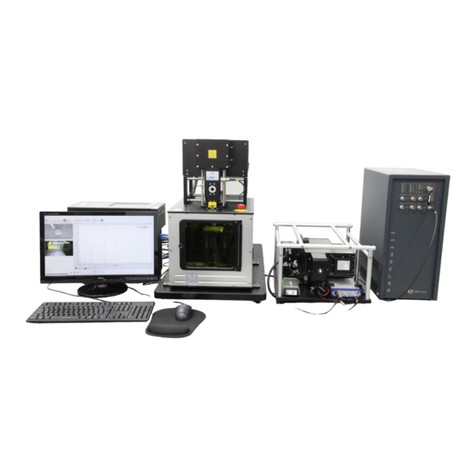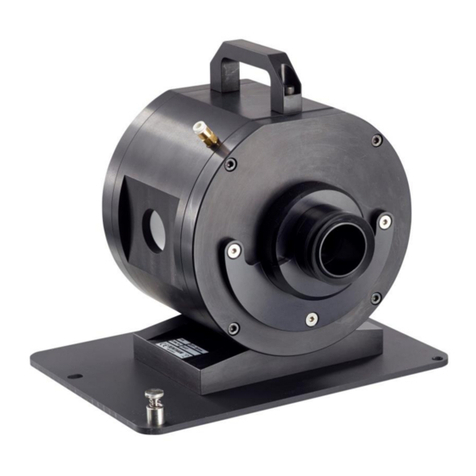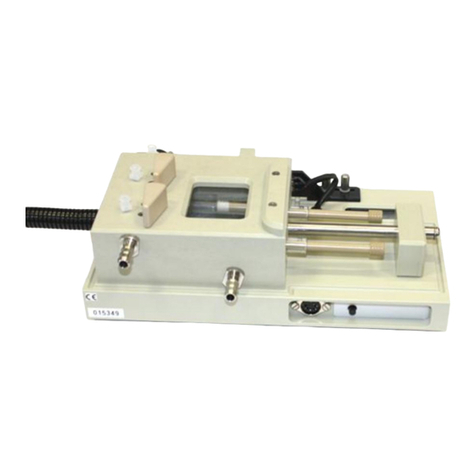CONTENTS
CONTENTS........................................................................................................................................................3
USE OF THIS DOCUMENT ...............................................................................................................................4
HAZARD AND OTHER INDICATORS ...............................................................................................................5
ESSENTIAL SAFETY INFORMATION...............................................................................................................6
CHIRASCAN COUETTE CELL LD ACCESSORY INSTALLATION AND OPERATIONAL REQUIREMENTS 7
GLOSSARY........................................................................................................................................................8
1 INTRODUCTION.............................................................................................................................................9
2 PREPARATION.............................................................................................................................................12
2.1 Removing the installed accessories ...................................................................................................12
2.2 LD calibration......................................................................................................................................12
2.3 References..........................................................................................................................................16
3 THE COUETTE CELL LD ACCESSORY......................................................................................................17
3.1 Components of the Couette Cell LD Accessory .................................................................................17
3.2 Installing the Couette Cell LD Accessory............................................................................................18
3.2.1 Installing the accessory body ............................................................................................................ 18
3.2.2 Temperature control connections .................................................................................................... 19
3.3 The Couette cell..................................................................................................................................20
3.3.1 Components of the Couette cell ....................................................................................................... 20
3.3.2 Mounting the rotor assembly ........................................................................................................... 21
3.3.3 Loading the sample and mounting the stator ................................................................................... 22
3.3.4 Checking the sample ......................................................................................................................... 23
3.4 Making Linear Dichroism measurements using the accessory ..........................................................23
3.4.1 The Chirascan Pro-Data control software ......................................................................................... 23
3.4.2 The SmartMotor control software .................................................................................................... 23
3.4.3 The Command Pane .......................................................................................................................... 24
3.4.4 Taking a baseline. .............................................................................................................................. 25
3.5 Making circular dichroism measurements using the accessory .........................................................26
3.5.1 Making a CD measurement using the Couette cell ........................................................................... 26
3.5.2 Making a CD measurement using a rectangular cell ......................................................................... 26
3.6 Other experimental considerations.....................................................................................................27
3.7 Example: Calf thymus DNA ................................................................................................................28
3.8 Dismantling and cleaning....................................................................................................................29
3.9 References..........................................................................................................................................29
4 MAINTENANCE AND STORAGE .................................................................................................................30






























